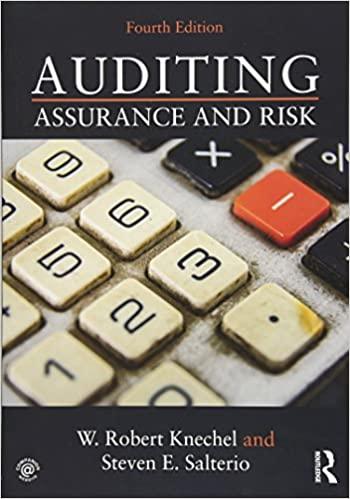

Many devices are supplied with calibration data from the manufacturer. However, particularly for electronic transducers, this data can be challenging to interpret. Table 2 below shows an example of typical calibration data for a strain-gauge based transducer. This particular gauge has a range of 0-100 psig, with an expected output voltage of 0-5V. The data given below refers to the known and measured values of voltage for the gauge. The 'data' column contains the actual measured voltage values from the gauge. The 'theoretical' column contains the expected or known values of voltage. One could use this calibration data to produce a curve that could be used to correct the voltage values during actual experimentation. This does beg the question: how do these voltages correspond to pressure values? Typically, these transducers have a linear relationship between voltage and pressure. This means that at a pressure of Opsig, one expects o V, at the half scale of 50 psig the transducer produces 2.5V, and at the maximum pressure of 100 psig the transducer would produce 5 V. Thus the voltage data provided by the manufacturer is easily translated into pressure data. Data Theoretical Zero -0.002 -0.0050 Half scale 2.5074 2.5024 Full scale 4.9949 4.9999 Half scale 2.5074 2.5024 Zero 0.0002 0.0048 Using the calibration data for the pressure transducer given above, determine the pressure that results from a voltage output of 1.42V. Data Theoretical Zero -0.002 -0.0050 Half scale 2.5074 Full scale 4.9949 2.5024 4.9999 2.5024 0.0048 Half scale 2.5074 Zero 0.0002 Table 2: Typical manufacturer's calibration data for electronic transducer Q:11.4 Using pressure calibration data Homework. Unanswered Using the calibration data for the pressure transducer given above, determine the pressure that results from a voltage output of 1.42V. Numeric Answer: Many devices are supplied with calibration data from the manufacturer. However, particularly for electronic transducers, this data can be challenging to interpret. Table 2 below shows an example of typical calibration data for a strain-gauge based transducer. This particular gauge has a range of 0-100 psig, with an expected output voltage of 0-5V. The data given below refers to the known and measured values of voltage for the gauge. The 'data' column contains the actual measured voltage values from the gauge. The 'theoretical' column contains the expected or known values of voltage. One could use this calibration data to produce a curve that could be used to correct the voltage values during actual experimentation. This does beg the question: how do these voltages correspond to pressure values? Typically, these transducers have a linear relationship between voltage and pressure. This means that at a pressure of Opsig, one expects o V, at the half scale of 50 psig the transducer produces 2.5V, and at the maximum pressure of 100 psig the transducer would produce 5 V. Thus the voltage data provided by the manufacturer is easily translated into pressure data. Data Theoretical Zero -0.002 -0.0050 Half scale 2.5074 2.5024 Full scale 4.9949 4.9999 Half scale 2.5074 2.5024 Zero 0.0002 0.0048 Using the calibration data for the pressure transducer given above, determine the pressure that results from a voltage output of 1.42V. Data Theoretical Zero -0.002 -0.0050 Half scale 2.5074 Full scale 4.9949 2.5024 4.9999 2.5024 0.0048 Half scale 2.5074 Zero 0.0002 Table 2: Typical manufacturer's calibration data for electronic transducer Q:11.4 Using pressure calibration data Homework. Unanswered Using the calibration data for the pressure transducer given above, determine the pressure that results from a voltage output of 1.42V. Numeric








